In an interview last week, Kate Forbes spoke movingly and with commendable honesty about how she suffered post-natal depression after the birth of her daughter.
“When I came home I guess I expected to be full of maternal joy and happiness and instead found myself suffering from total insomnia,” she said.
She also spoke about the ‘’extreme terror’’ she felt, and her fear that something was going to happen to the baby.
“I hadn’t had that much experience of mental health issues throughout my life so this sense of intense sadness, feeling extremely vulnerable and being wracked by terror was completely new,” she added.
What she describes is something that will resonate with many women.
Yet there is still an unreasonable expectation on new mums to be deliriously happy in those first few weeks after giving birth.
We are told to expect to feel a love the likes of which we have never known before.
And while that love is true and real, it is often a more gradual thing, which grows steadily as your new baby does.
It can take a lot of time to recover from giving birth – not only physically, but emotionally too.
Just because pregnancy and birth is a “natural” process doesn’t make it any less brutal or disorientating an experience to go through.
Kirsty thought partner and baby hated her
My daughter’s birth came after a terrifying labour that lasted over 24 hours. Emergency intervention was necessary when it became clear the baby was in trouble and I didn’t get to hold her for many hours afterwards because I was rushed into surgery.
It was a traumatic labour, just as Kate Forbes’ was. But, as she points out, there are very few births that aren’t traumatic in one way or another.
Emotionally, I didn’t feel quite right during our extended stay in hospital, but I thought it would soon pass when I was back in my own environment.
The first time I really noticed something was off was when we had been back home for a few days and were getting settled into life as a family of three.
I’d just had a bath and sat down on the couch to watch TV with my partner. The baby was sleeping peacefully in her Moses basket next to us. Our of nowhere, I was struck with this overwhelming certainty that he hated me. Because of that, I thought that she must hate me too.
It was an emotion quite separate from logic or reason, but that didn’t stop the panic setting in.
That feeling of fear and overwhelming sadness was one that would follow me around for the next few weeks. Guests were something to be endured, rather than enjoyed. When other people held her, I had an odd sense of anxiety that they might just refuse to give her back.
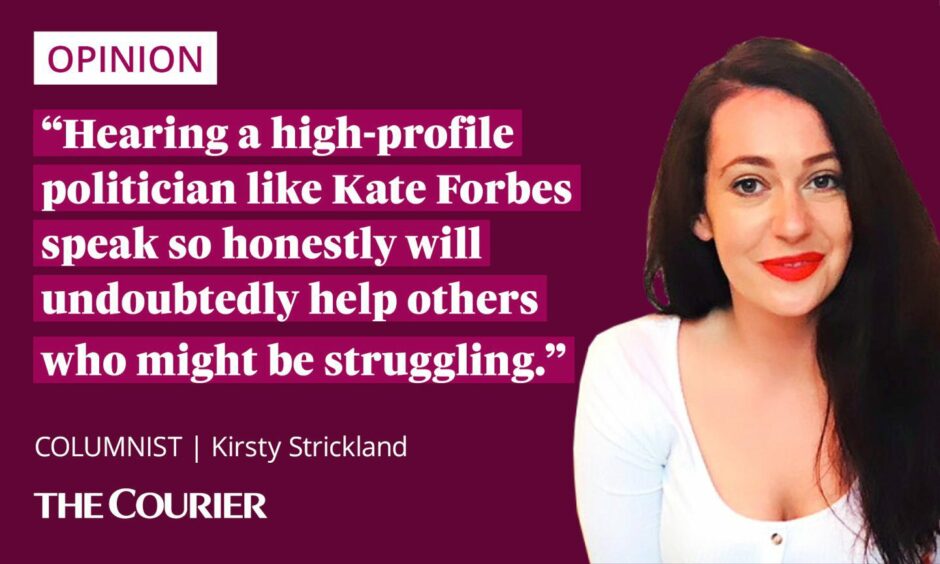
Like Kate Forbes, I also suffered with insomnia, despite the fact that my baby was sleeping solidly throughout the night.
Rather than follow the conventional wisdom of “sleep when the baby sleeps” I was gripped by terror.
She was awake for such a short period of time over 24 hours that I thought she couldn’t possibly be getting enough milk.
My midwife told me not to worry, and to just enjoy the fact that I had a sleepy baby. But I couldn’t. The baby would eat and sleep, eat and sleep but for those first few weeks, I couldn’t manage either.
Thankfully, my post-natal distress was as short as it was sharp. As quickly as it arrived, it had passed.
Post-natal depression, in its varying degrees of severity and duration, is common, affecting roughly one in ten new mothers.
Hearing a high-profile politician like Kate Forbes speak so honestly about it will undoubtedly help others who might be struggling.
Many schools across Scotland will be closed for three days this week as staff strike over pay.
Bravo to all those fighting for better pay and conditions in these difficult economic times.
My daughter’s school has helpfully sent home plenty of work that she can get on with while the schools are off.
However, in solidarity with the strikers – and in a bid to retain my sanity – I won’t be insisting that she complete it all.
Life is too short, and the memory of lockdown home-schooling too recent, to be doing times tables outside of school hours.
And I’m not just saying that because I struggle to multiply any number larger than five.
Instead, we’ll be taking a holistic approach to learning over the next week. Which is an optimistic way of saying that the wee one will spend some time reading (and probably much more time staring at a screen) while I try and get my own work done.
Whenever school staff take industrial action, some media outlets try and turn public opinion against the strikers by blaming them for the disruption that school closures bring.
Such an approach is rarely effective.
As this week will undoubtedly remind us parents: school staff are worth their weight in gold.
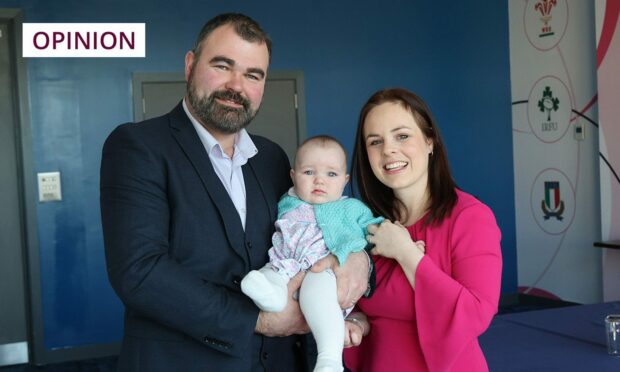
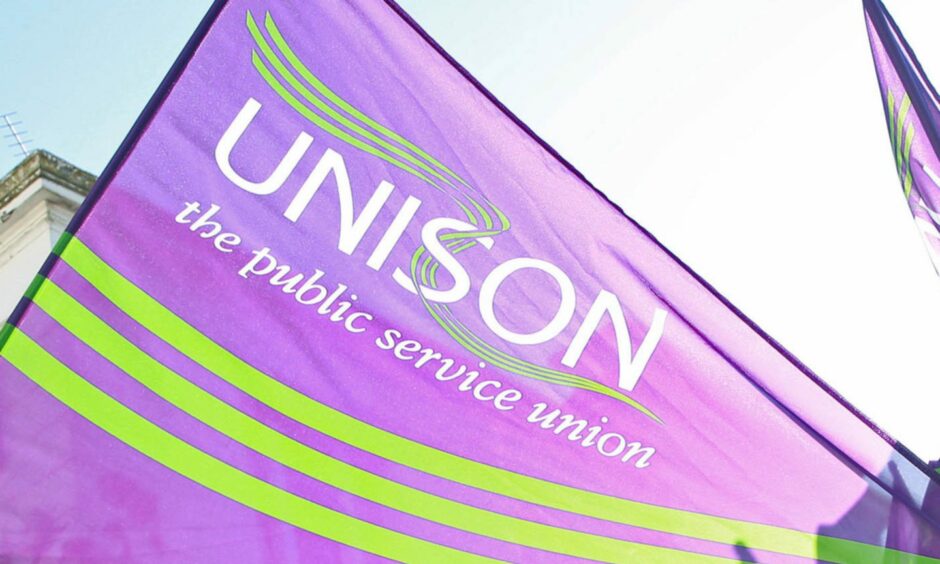








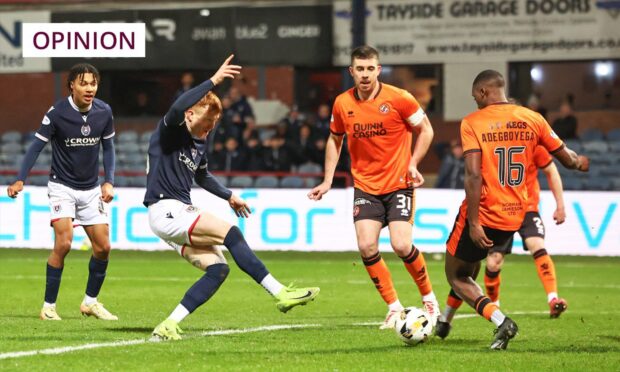
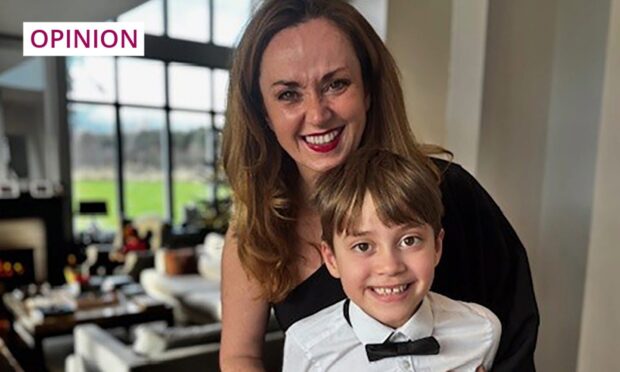
Conversation